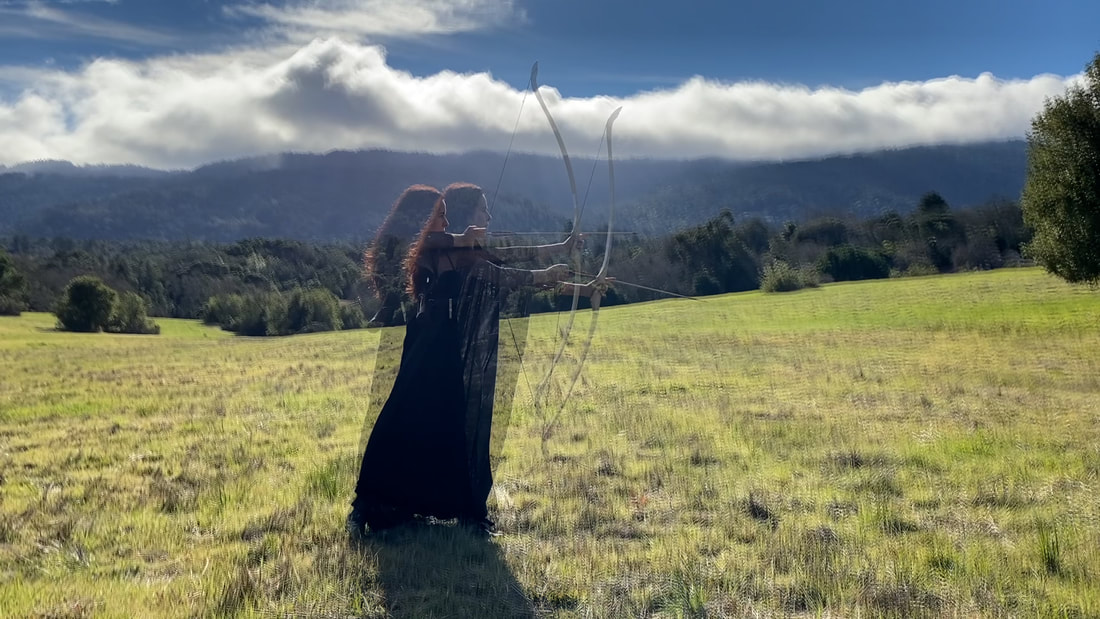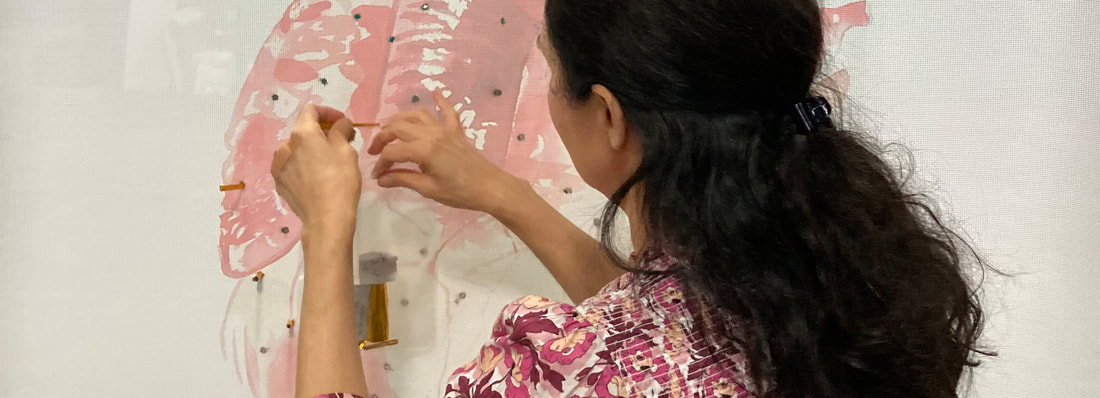Corazones Cosidos project
This project delves into the universal theme of emotional pain and the possibility of returning to our suffering for repair.
Presented as an installation including videos, photographs and mixed media, this project includes 33 pigment-printed hearts that I shot with a bow and arrow and then mended with 24k gold thread.
Like a lot of my work that is about belonging and healing, this project contemplates how we find our way back from setbacks, disconnection from place or culture, disappointments, and with time, tragedy.
For more info on the work in this project, please click on the black buttons below.
This project delves into the universal theme of emotional pain and the possibility of returning to our suffering for repair.
Presented as an installation including videos, photographs and mixed media, this project includes 33 pigment-printed hearts that I shot with a bow and arrow and then mended with 24k gold thread.
Like a lot of my work that is about belonging and healing, this project contemplates how we find our way back from setbacks, disconnection from place or culture, disappointments, and with time, tragedy.
For more info on the work in this project, please click on the black buttons below.



